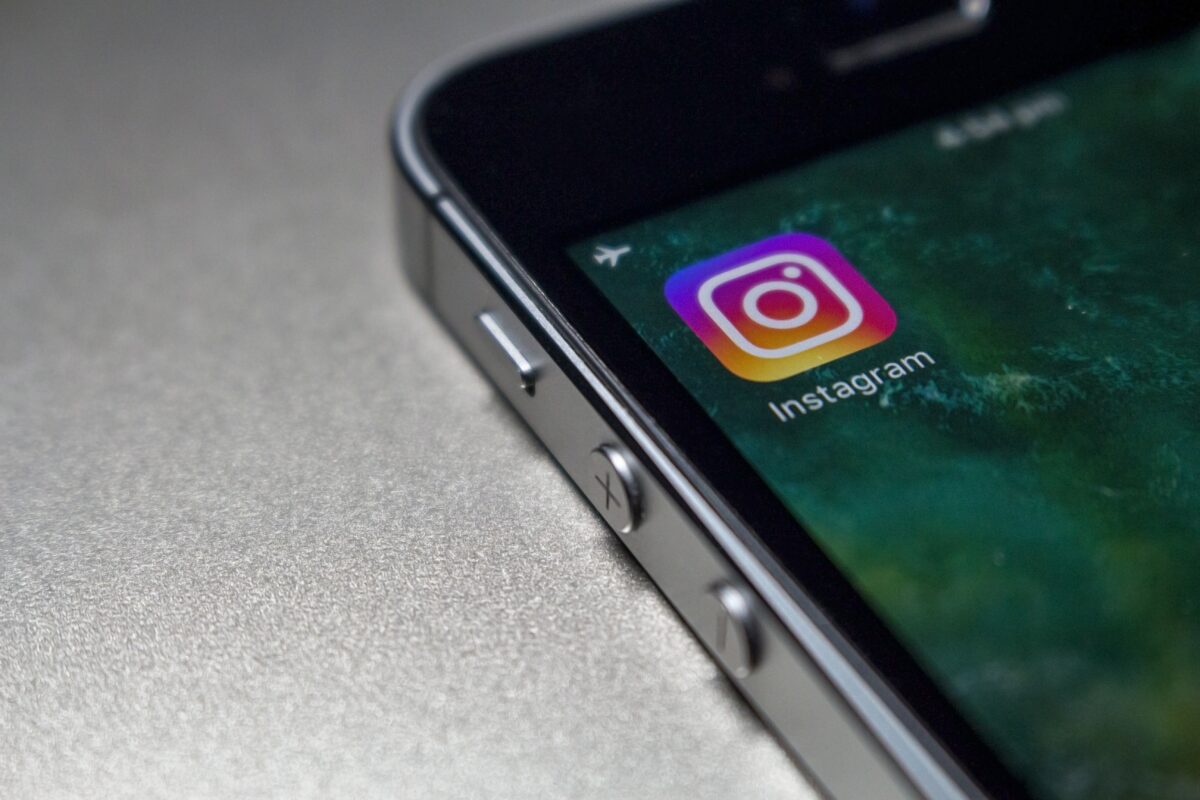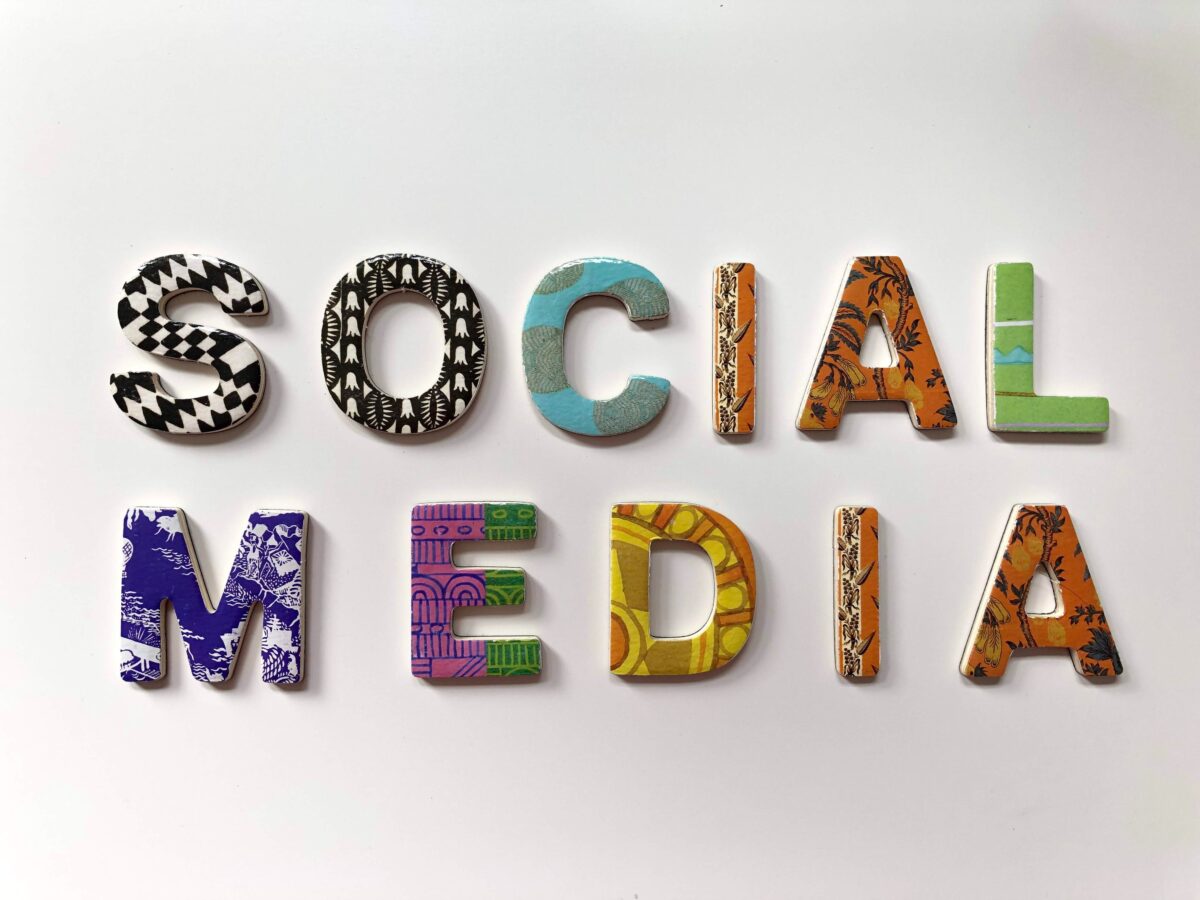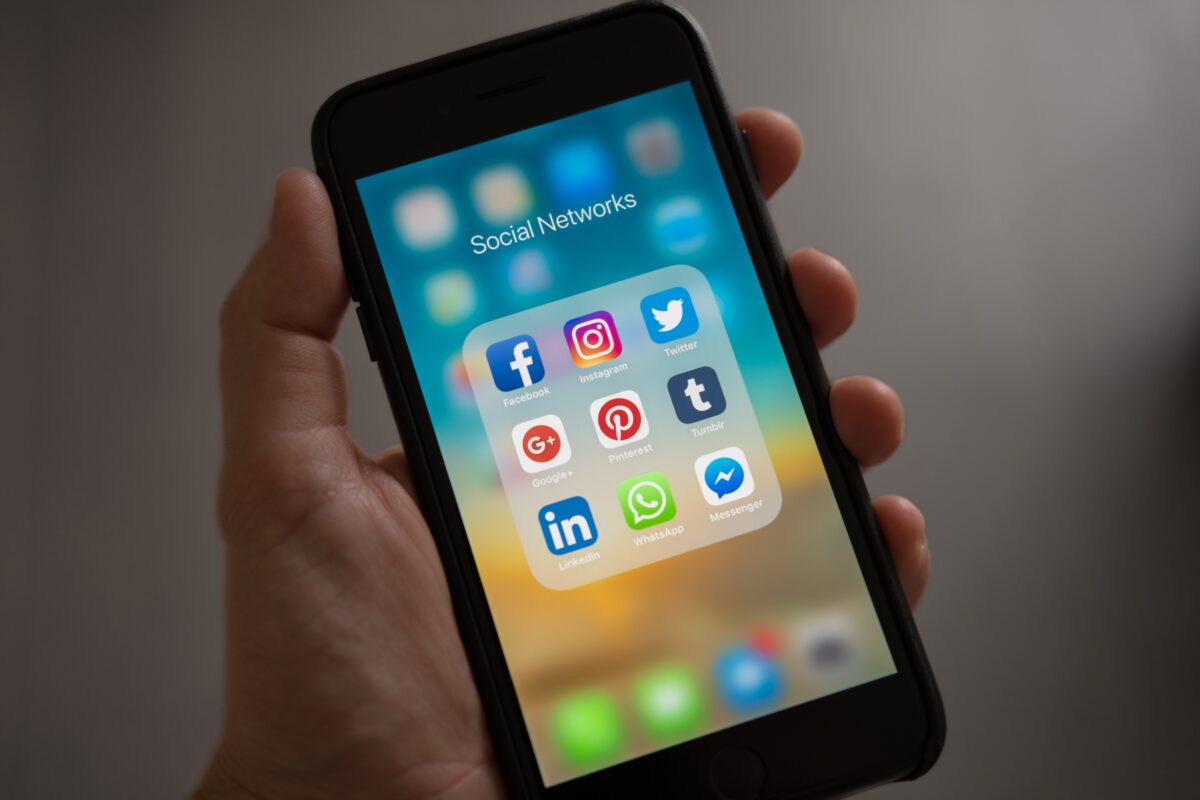Understanding Influencer Marketing: A Key Digital Strategy Influencers are online personalities who use social media platforms to share their interests, hobbies, professions and ultimately their brand. As a result, they are followed by an engaged audience on at least one or more platforms. Influencers can … Continue reading “Choosing the right platform for influencer marketing: A comprehensive guide”
4 tips when using Instagram Guides
Instagram Guides are one of the most underrated Instagram features that you may not be using…yet. But Instagram Guides are excellent for sharing curated content with your followers. Users can easily consume a collection of Instagram posts, products and more in an easy-to-digest format. For … Continue reading “4 tips when using Instagram Guides”
5 ways to handle social media negativity
Social media negativity is a fact of life for both individuals and brands. As a brand, however, you want to make sure that you handle any negative comments appropriately. Any misstep can become a problem for your business. About 94 percent of consumers admit that … Continue reading “5 ways to handle social media negativity”
Social media posting: How often should a brand really share?
For about as long as social media became a natural component of digital marketing, brands have wondered: “How often should I post?” Obviously, no one wants to post too much or too little. As of 2022, there are about 4 billion social media users across … Continue reading “Social media posting: How often should a brand really share?”




